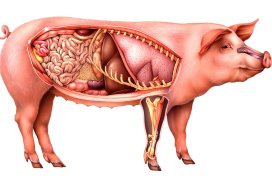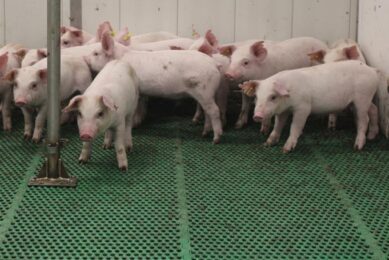Pig fertility project gets high acclaim

A report from the Supporters of Agricultural Research, pointed to a pig fertility project at the University of Nebraska-Lincoln, USA, as one of the most important scientific investigations being conducted in the farming industry today.
Using genetic marker technology, UN animal science professor Daniel Ciobanu and his team found that sows expressing age at puberty produce more litters in their lifetimes. The same genes influence both traits, Ciobanu said. Researchers evaluated how early puberty and reproductive longevity could be predicted using a combination of DNA markers associated with the largest gains.

Find out all there is to know about pig health using Pig Progress’ unique Pig Health Tool
“DNA marker technology is fascinating,” Ciobanu said in a news item on the website of the University of Nebraska-Lincoln. “You can predict at day one, with certain probabilities, which sows will have high fertility potential.”
Collecting age at puberty
Farmers need sows to produce at least 4 litters to be profitable, but only about half do so before they are culled. Collecting age at puberty is a tedious and time consuming process and not embraced by the industry – proving an obstacle in improving efficiency.
The SoAR Foundation said Prof Ciobanu’s work exemplifies how scientists are solving some of the ‘thorniest questions’ in food production despite a continued drop in research funding at the United States Department of Agriculture (USDA). Even as the research budget for all federal agencies has climbed, USDA’s has been cut in half, SoAR says.
“The drought in federal funding of food and agricultural research projects still exists,” said Thomas Grumbly, president of the SoAR foundation.
Science is a driving force in agriculture and one that keeps farms healthy, Grumbly said. “But farmers need a flood of research breakthroughs, and the limited budget only allows for a trickle.”
Validating the findings on 3,000 pigs
The next steps for Ciobanu’s group will be validating the findings on 3,000 commercial pigs and then delivering improved selection methods to farmers and breeders.
The SoAR report is called ‘Retaking the Field’. Other research teams profiled in the report come from Cornell University, Iowa State University, Kansas State University, Michigan State University, North Carolina Agricultural and Technical University, Ohio State University, Pennsylvania State University, Texas A&M University, Virginia Polytechnic Institute and State University and the University of California, Davis.











